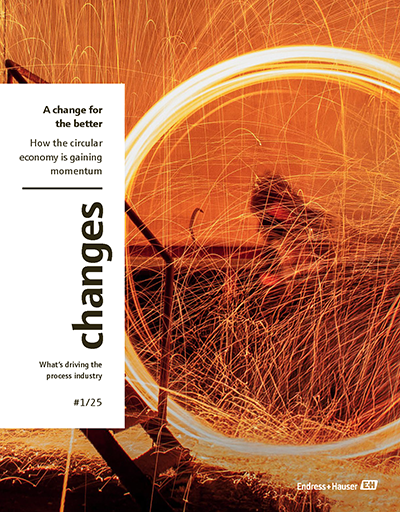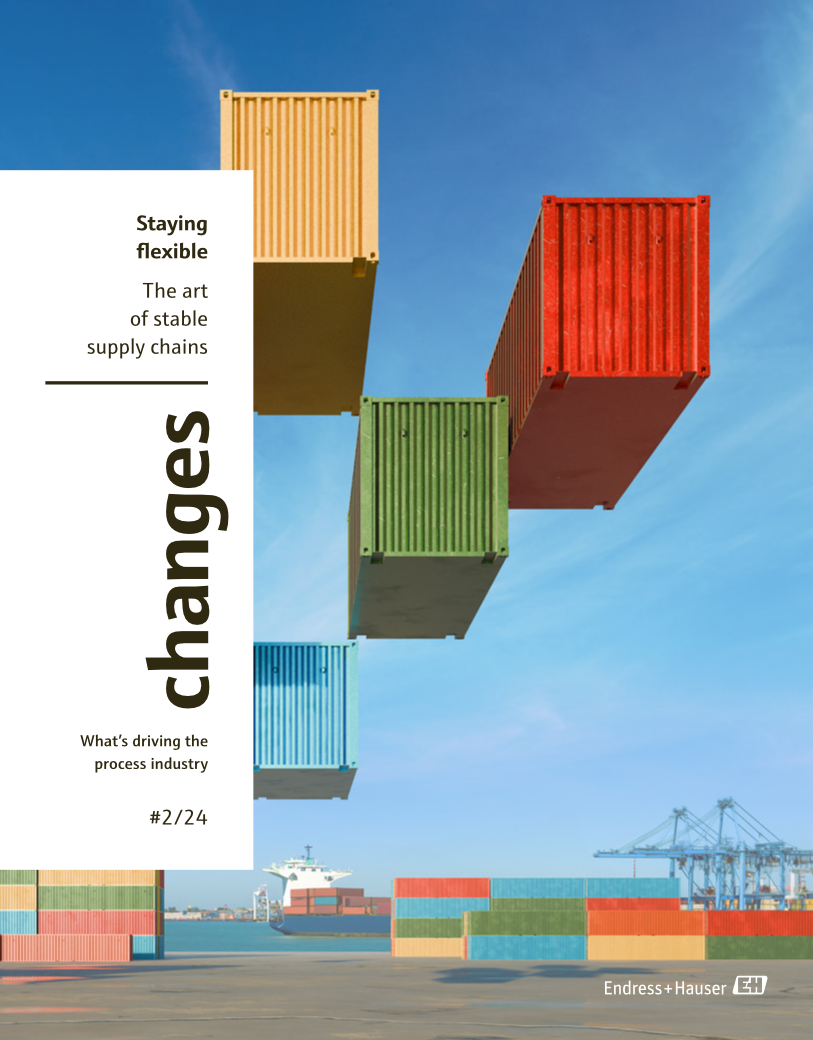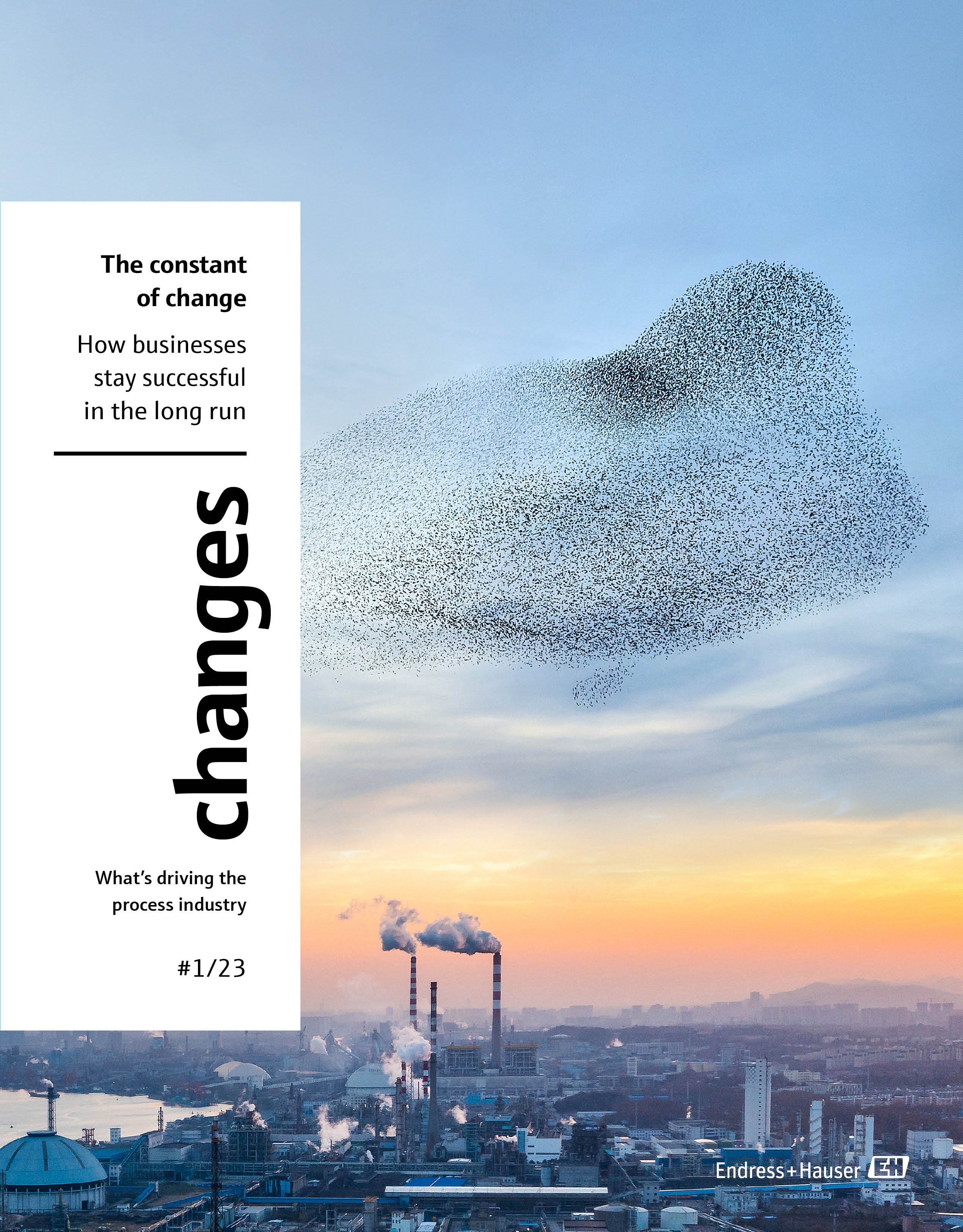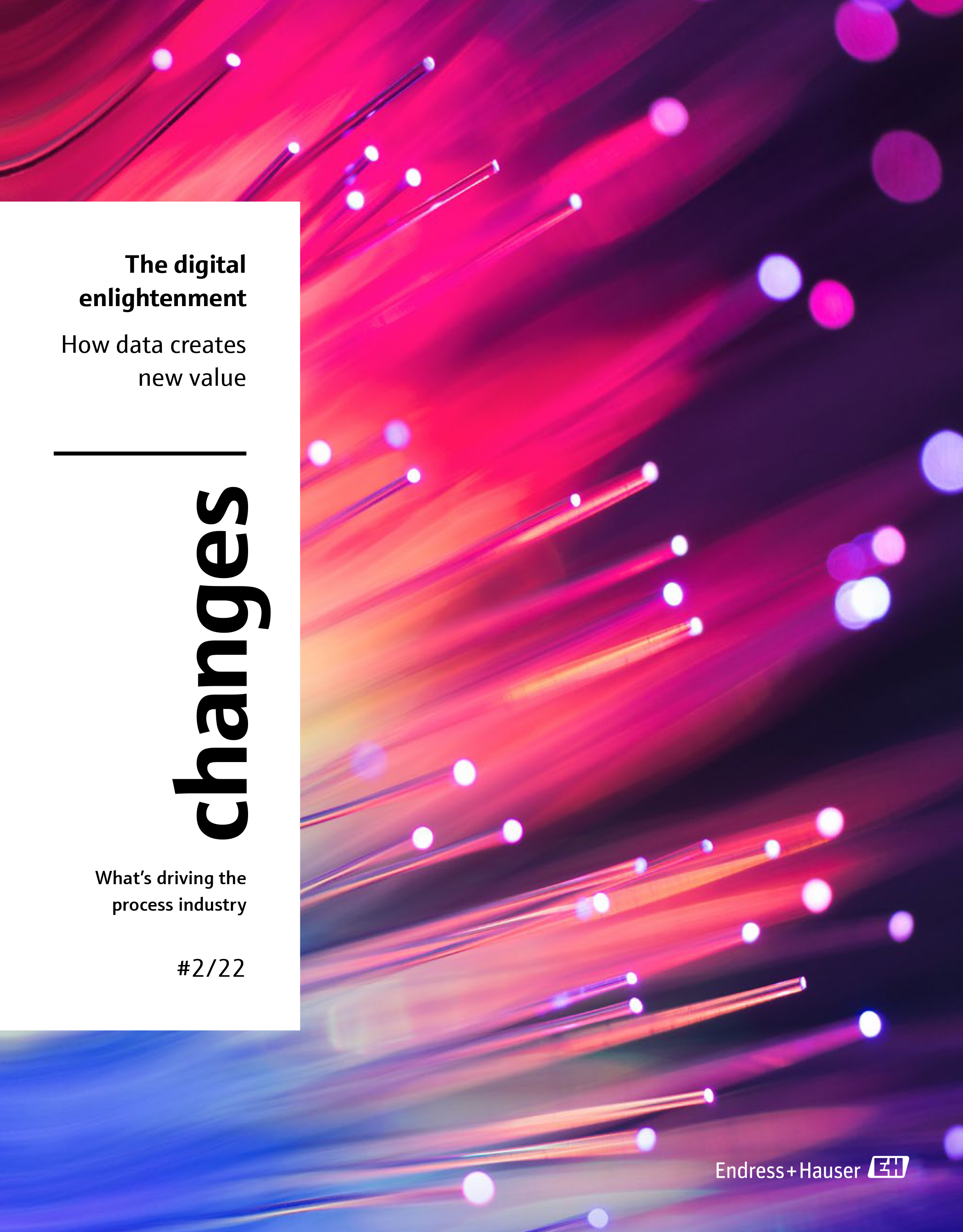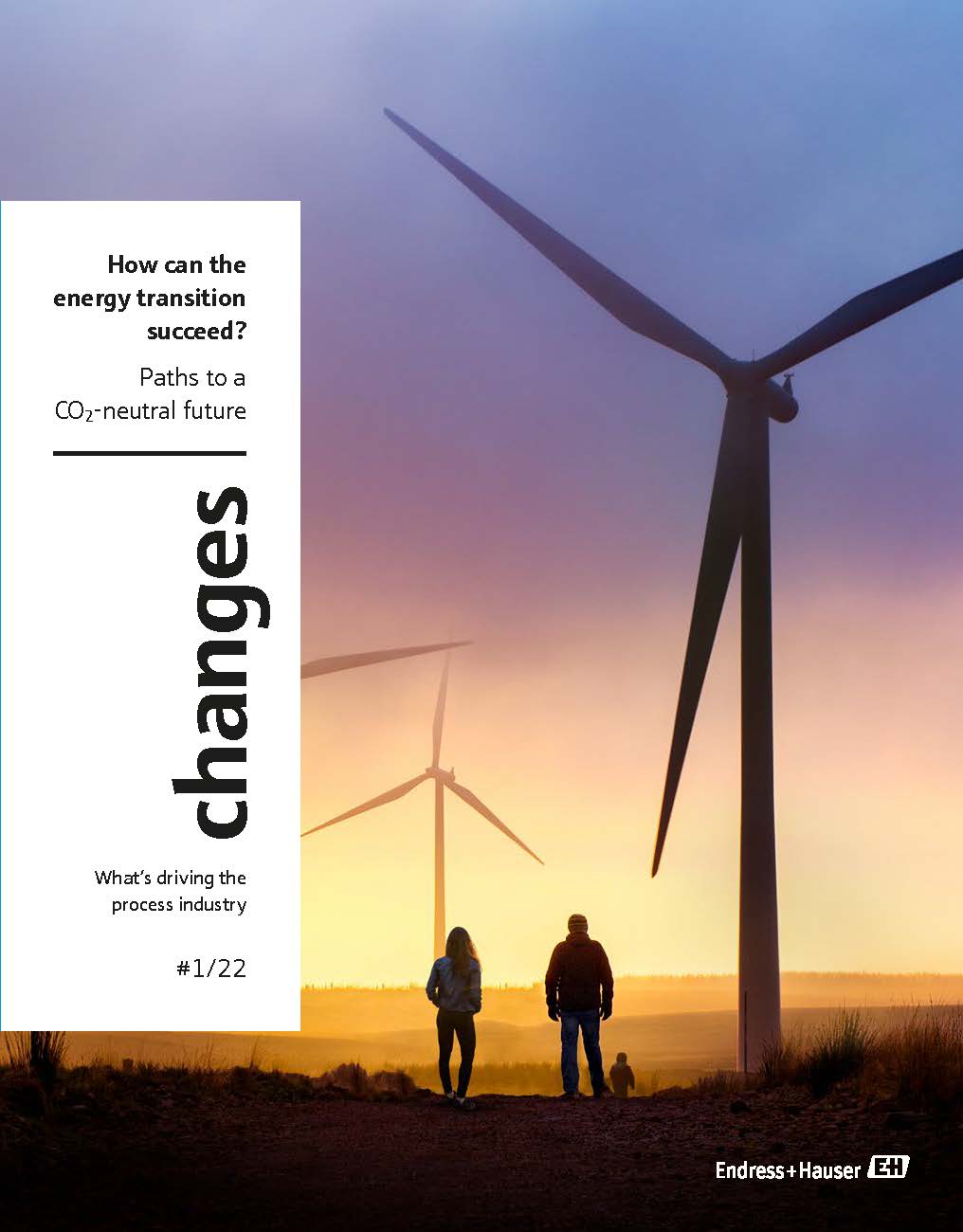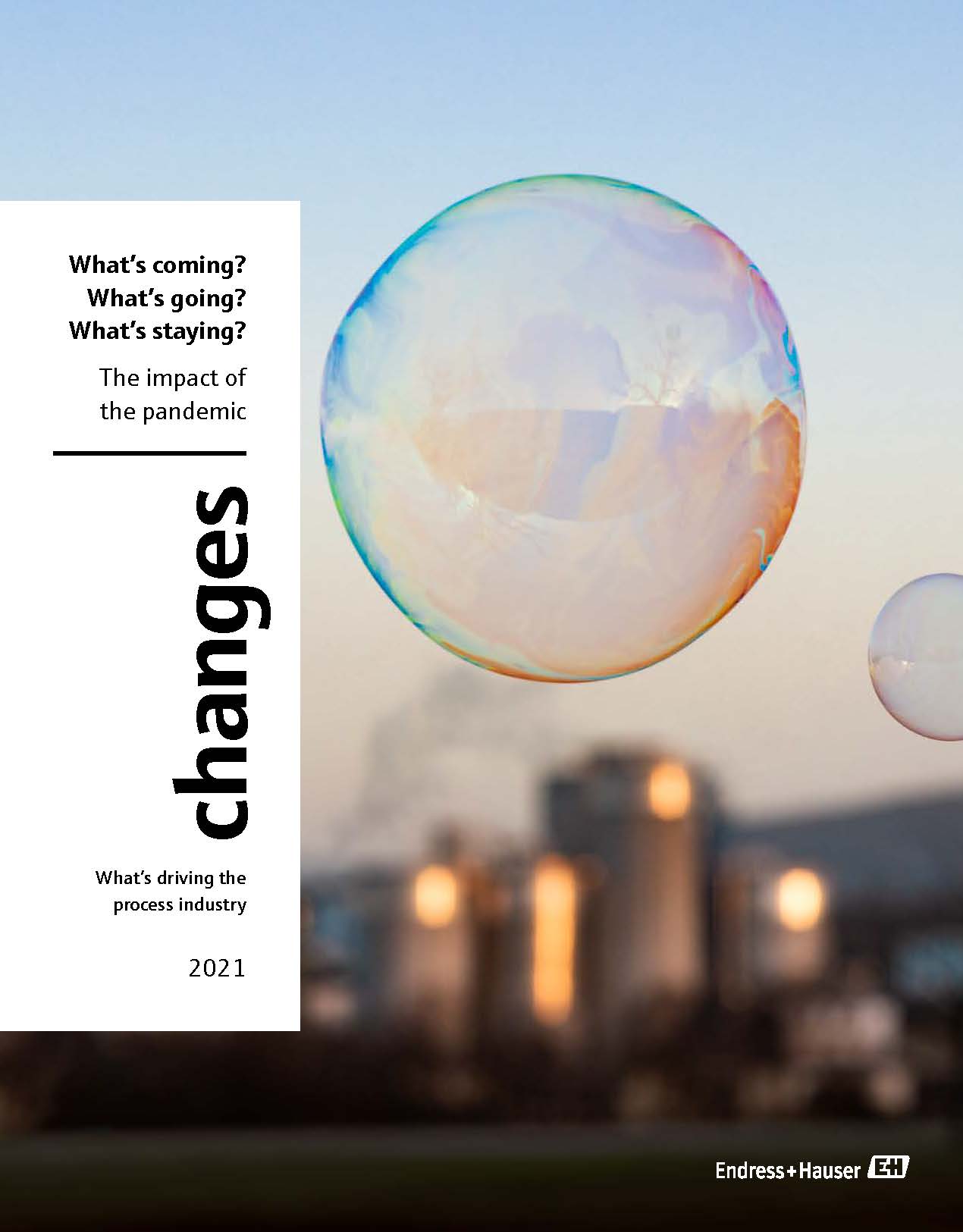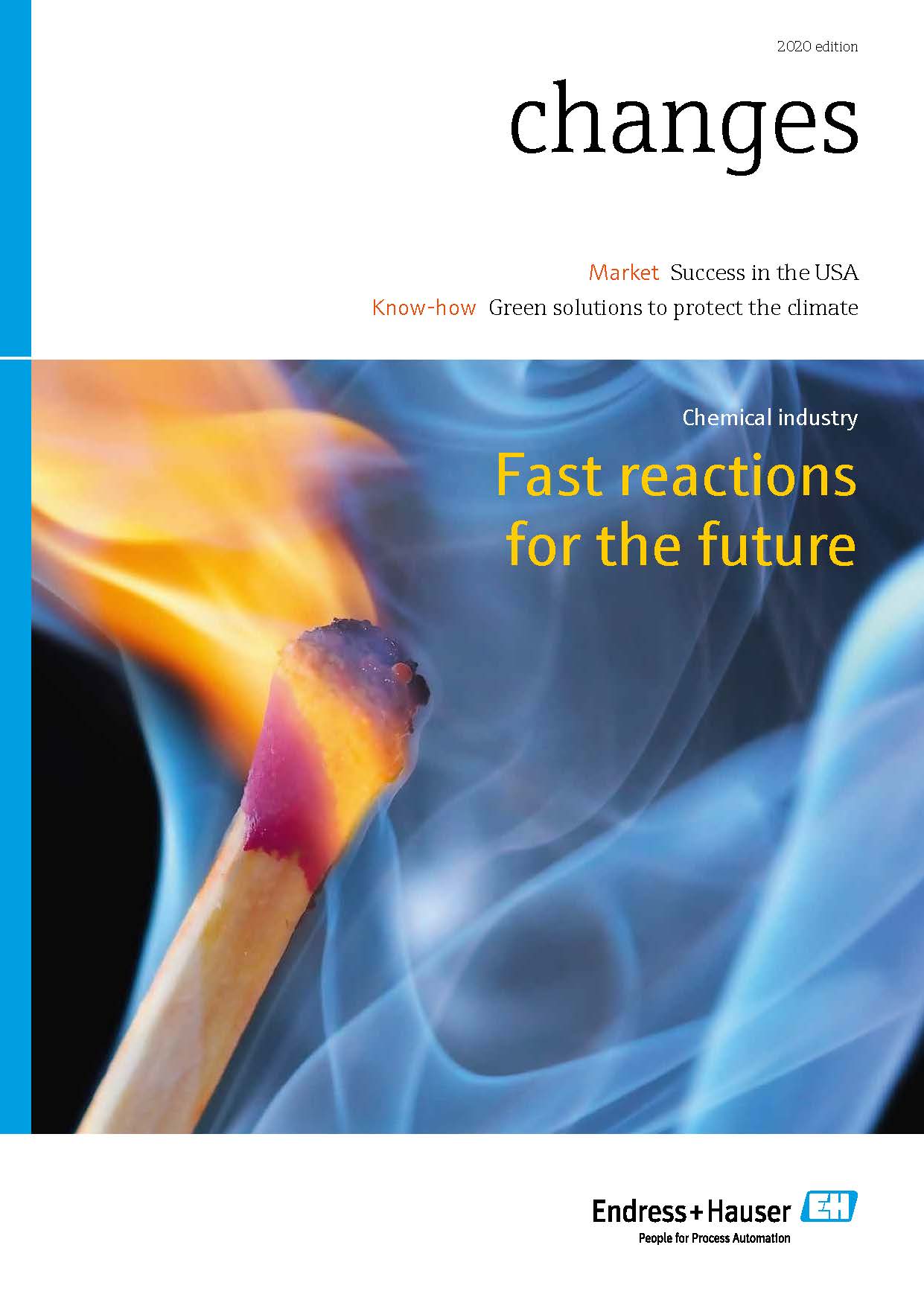Trailblazers
To achieve a more circular economy, the world must transition away from fossil energy and towards decarbonization. Green hydrogen will play a key role in this. Much depends on how it’s produced and transported – challenges that require innovative solutions paired with precision measurement technology.
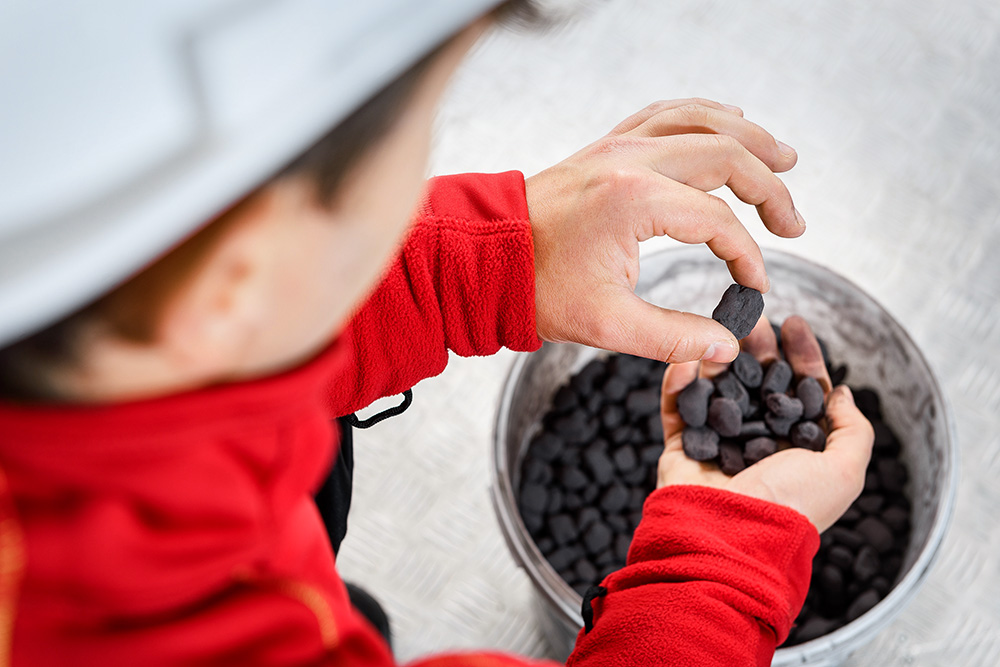
Green energy from waste (1)
Australian energy startup Wildfire Energy is on the cusp of a revolution in recycling. As an alternative to landfilling – which is still common practice in Australia – Wildfire has developed a novel process for converting municipal waste into valuable raw materials. Termed MIHG (moving injection horizontal gasification), the process operates at low pressure and eliminates the need for pretreatment. It works by injecting oxygen horizontally beneath the waste inside the reactor, generating temperatures in excess of 800°C. This causes the waste to break down into synthesis gas (syngas), which can then be processed into hydrogen. The yield is about 42 kilograms of hydrogen per tonne of waste. The syngas can also be converted into other products, such as fuels and alcohols. Thanks to the technology’s modular design, users can set up small, highly scalable energy plants at the point of waste creation. Precision measurement technology is vital here. Grant Bollaert, general engineering manager at Wildfire Technology, explains: “Measuring instruments are central to development of the pilot plant and to the technology’s future expansion.” Accurately tracking critical process variables such as pressure, temperature and flow rate inside the reactor’s low-pressure zone requires considerable sophistication.
High purity through parallel analysis (2)
To work as an energy carrier, hydrogen needs to be extremely pure. This is where German-Italian company Enapter comes in. Enapter’s electrolyzers split water into its component parts using AEM (anion exchange membrane) electrolysis, an innovative process that operates at normal atmospheric pressure and does not require iridium, which is scarce. The process generates pure hydrogen at the cathode, and oxygen at the anode. “We produce industrial-quality hydrogen with a purity of 99.999 percent,” explains Hannes Klus, an electrical engineer at Enapter. “In order to measure this, the devices must be able to detect impurities of just a few ppm.” The Endress+Hauser competence center for gas analysis systems in Lyon, France, and Enapter jointly developed a measurement system that meets the twin requirements of extreme accuracy and real-time output. It works by analyzing each prepared gas sample’s trace moisture and trace oxygen content in parallel. Enapter is now also putting Endress+Hauser analysis and measurement technology into its 1-megawatt electrolyzer, capable of producing 450 kilograms of green hydrogen daily. Enapter chose to partner with Endress+Hauser because it wanted a company that could provide support across all measurement points.
Iron oxide as a hydrogen transport medium (3)
Sometimes hydrogen is not produced at the point of use. Such cases call for intelligent – and preferably mobile – storage solutions. “Our customers can get on board right now – they don’t have to wait 10 years for a hydrogen pipeline network to be built,” says Ambartec CTO Uwe Pahl. The Dresden-based company has repurposed an almost forgotten technology: It produces nuggets from a special iron oxide that reacts with hydrogen to form pure iron and steam. Transporting hydrogen to the point of use then becomes a simple task of loading the resulting iron nuggets onto a truck or ship. At the destination, the reaction is reversed by feeding in steam to produce pure hydrogen. This process uses significantly less water than comparable systems and is also more efficient. It has already been scaled up successfully in transport units ranging in capacity from 1 to 1,000 liters. The first series product is due to be launched in 2025: a 6,000-liter unit in a standard 20-foot container that can store up to 900 kilograms of hydrogen. For process monitoring, Ambartec has chosen measurement technology from Endress+Hauser. “Our pressure and flow sensors are able to monitor the hydrogen-steam mix even at temperatures in excess of 100°C,” explains Mathias Christ, the Endress+Hauser decarbonization technical sales consultant who initiated the partnership with Ambartec.

(2) Enapter’s modular electrolyzers can be combined to form strings.

(3) Ambartec uses iron oxide nuggets as a storage medium for hydrogen.
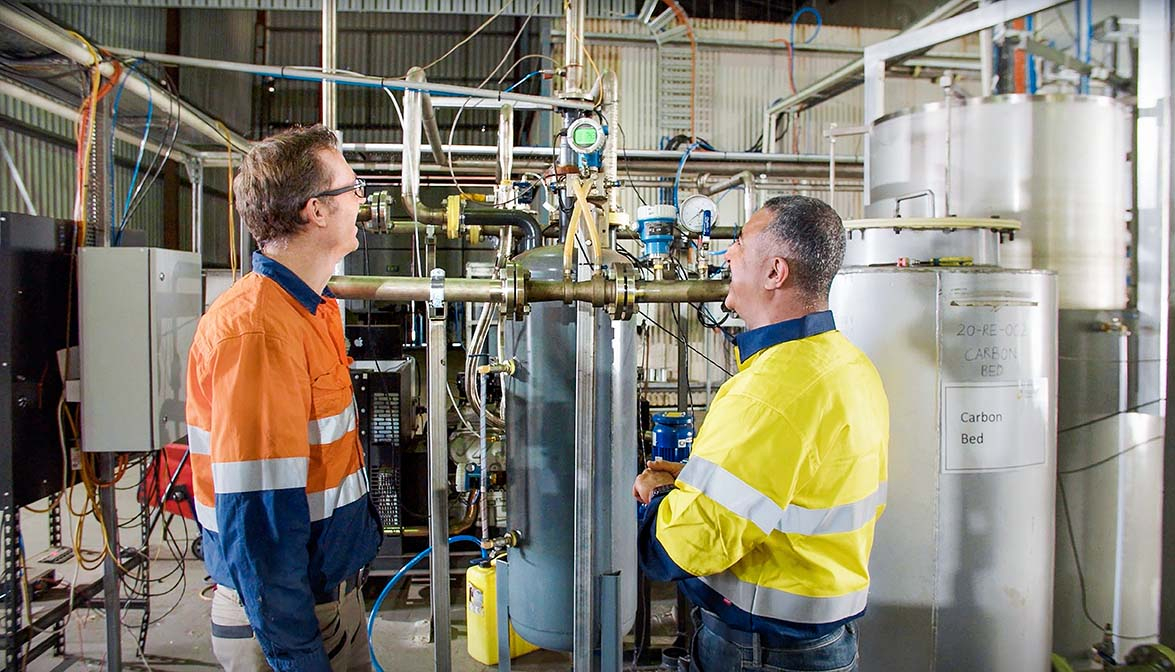
(1) Wildfire Energy’s plants are small and flexible.
Published 14.07.2025, last updated 08.09.2025.
Dive into the world of the process industry through new exciting stories every month with our «changes» newsletter!
